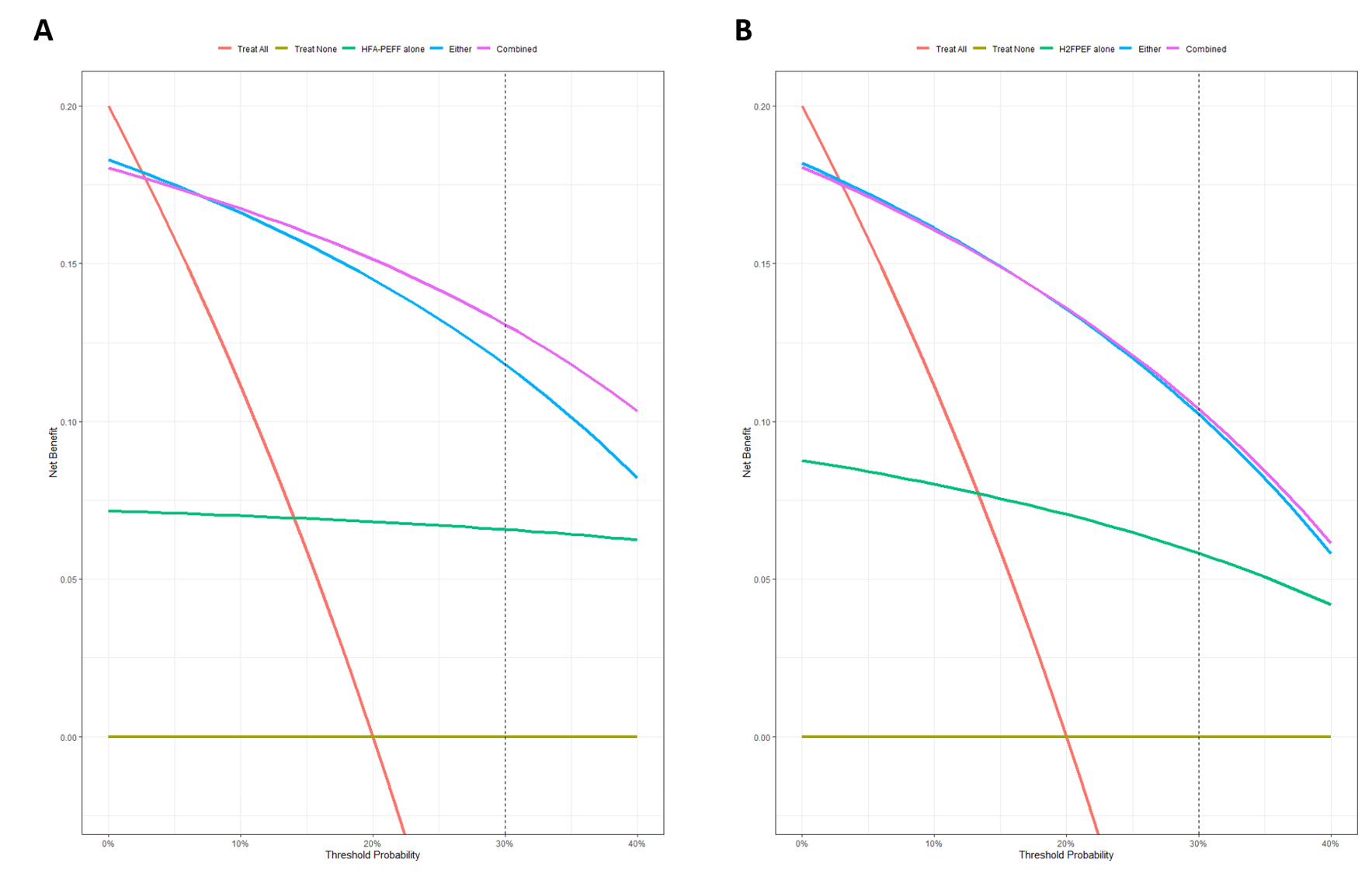Ashley P. Akerman PhDa, Mihaela Porumb PhDa, Christopher G. Scott MSb, Arian Beqiri PhDa, Agisilaos Chartsias PhDa, Alexander J. Ryu MDc, William Hawkes PhDa, Geoffrey D. Huntley MDd, Ayana Z. Arystan MDd, Garvan C. Kane MDd, Sorin V. Pislaru MDd, Francisco Lopez-Jimenez MDd, Rizwan Sarwar MRCPa,e,f, Jamie O’Driscoll PhDa,g, Paul Leeson MBa,e, Ross Upton PhDa, Gary Woodward PhDa, Patricia A. Pellikka MDd
Background
Detection of heart failure with preserved ejection fraction (HFpEF) remains challenging due to indeterminate imaging outputs and discordant clinical features. Existing guidelines and clinical algorithms often produce non-diagnostic outcomes, especially in complicated cases. To address this, we developed an artificial intelligence (AI) model to analyze a single echocardiographic video clip for HFpEF detection.
Methods
We developed a three-dimensional convolutional neural network and trained it on apical four-chamber transthoracic echocardiogram video clips to classify patients with HFpEF (cases) and without HFpEF (controls). Decision curve analysis was conducted to compare the net benefit of patient management decisions based on the output of the HFA-PEFF, H2FPEF scores, and/or the AI HFpEF model, assuming a 20% prevalence of HFpEF in the target population (cardiology/heart failure clinic) and a threshold probability of 30%.

Results
The model was independently tested in 8 centers across 4 states (646 cases, 638 controls). The results demonstrated high sensitivity (87.8%; 84.5-90.9%) and specificity (81.9%; 78.2-85.6%) which was sustained across clinically relevant subgroups. Decision curve analysis revealed that managing patients based on the combined information from the HFA-PEFF or H2FPEF scores and the AI HFpEF model resulted in 5 to 6 more patients with HFpEF (per 20 patients) being managed appropriately compared to managing based on the HFA-PEFF or H2FPEF scores alone, (Figure 1).
Conclusion
The AI HFpEF model, when combined with the HFA-PEFF or H2FPEF score, may offer an improved approach for managing patients with HFpEF. Decision curve analysis highlights the net benefit of incorporating the AI model in clinical decision-making, thereby demonstrating the potential for enhancing management and care for patients with HFpEF.
Figure 1. Decision curve analysis comparing net benefit of patient management decisions are based on the output of a clinically validated algorithm (HFA-PEFF, panel A; H2FPEF, panel B) and/or the AI HFpEF model.

